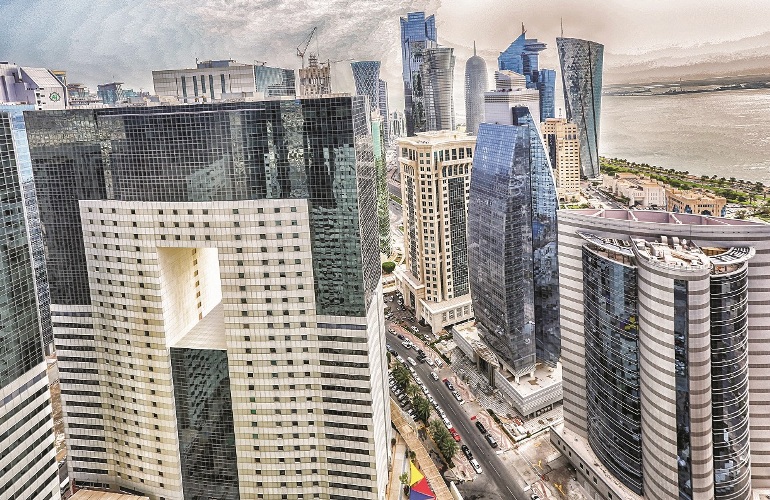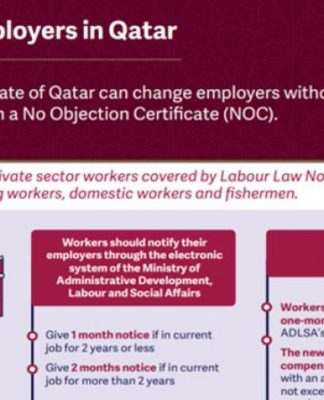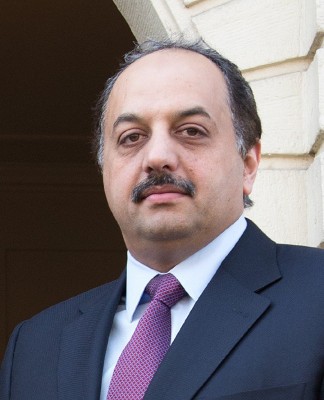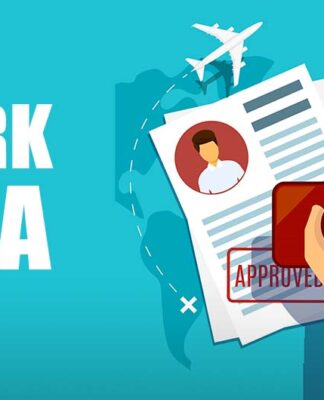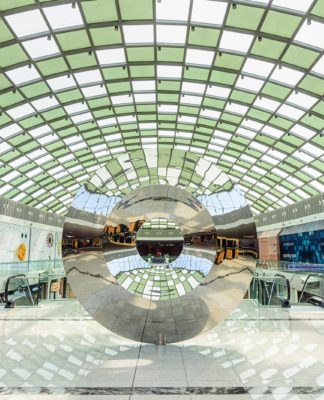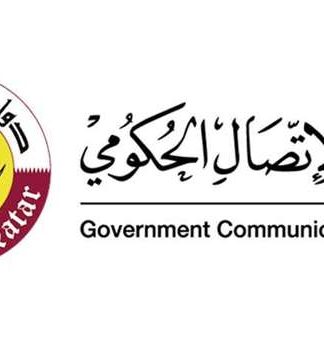The latest PMI data for the State of Qatar showed that the economy of non-energy private sector companies has continued to expand towards the end of 2020.
The rates of expansion in the expectations of commercial activity, backlog of unfinished business and employment increased during the month of last November, and new orders recorded a remarkable new rise, and production expectations for the next year remained positive.
The PMIs for Qatar are compiled from the responses to a study by a committee of about 400 private sector companies, and this committee covers several areas including manufacturing, construction, retail and wholesale as well as services, and it reflects the structure of the non-energy economy, according to national accounts data. Official.
The PMI scored 52.5 points last November, up from last October’s reading of 51.5 points, indicating an improvement in the commercial activity of the non-energy private sector in Qatar.
The latest reading is the seventh highest on record since the study began in April 2017, compared to the long-term average of 49.6.
The increase in the PMI headline reading last November came as a result of strong positive contributions from the production and employment indicators, as the production index rose at its fastest rate since last August, while the job creation rate was one of the strongest rates recorded since January of 2019, which reflects Returning to pre-existing trends for the Corona epidemic / Covid-19 /.
At the sectoral level, the manufacturing sector recorded the highest improvement in operational conditions last November, followed by the construction, wholesale and retail sectors, respectively, while the rate of improvement in the operational conditions of the services sector was consistent with the long-term trend of the study.
The manufacturing sector recorded the highest increase in the level of production compared to the four main sectors, while construction companies recorded the most severe rate of expansion in job creation.
The production of manufacturers mainly targets foreign markets, most of which are located in East Asian countries, on which the impact of the pandemic was less than that of European countries and the United States of America.
At the same time, Qatar’s effective handling of the pandemic helped in the safe return of commercial activity in all sectors, including construction activities that require large numbers of manpower. One of the highest levels in the new orders index due to improved demand contributed to the high reading of the Managers ’Index. Purchases.
The growth rate of new business was sufficient to raise the backlog of unfinished business for the second consecutive month. While the unfinished business accumulation index reading was the second highest recorded since July 2018, indicating the emerging restrictions on production capacity due to the high levels of demand and the employment of limited numbers of local employees due to the restrictions imposed by the pandemic.
The non-energy private sector companies decided to raise average wages and salaries last November due to the return of business to normal levels. Meanwhile, purchase prices decreased and the “imposed” prices on goods and services decreased slightly, to reflect the impact of seasonal marketing activities.
As part of the comparisons with the official GDP, the monthly PMI readings can be compiled on a quarterly average basis. Since the study began in April 2017, the quarterly PMI has been correlated to 0.66 points with the annual percentage change in GDP in real terms, with the 50.0 point PMI reading equivalent to a 0.2% year-on-year growth.
The latest official data indicate an annual decline of 6.1% in real terms in the second quarter of 2020, and this figure reflects the impact of the closure measures taken to contain the outbreak of the Coronavirus. The PMI data for the third quarter of 2020 is in line with the year-on-year increase of 2.7% in GDP, and the data for the first two months of the fourth quarter of 2020 indicate an additional increase of 1.0%.
The PMI data for 2020 confirms so far that the economic path of Qatar is more in line with what is observed in the economies of China and East Asian countries that are witnessing a sharp and rapid recovery compared to the currently observed economic path for European countries and the United States of America.
Commenting on these data, Sheikha Alanoud bint Hamad Al Thani, Executive Director of Business Development at the Qatar Financial Center Authority, confirmed that private sector companies not linked to energy in Qatar are looking to achieve momentum in growth by the end of 2020 according to the PMI for last November.
She indicated that the PMI reading headed for the second consecutive month, after recovering in September after achieving a record high in the previous month.
Sheikha Al-Anoud added, “The growth rates of the production and employment indicators increased during the month of November with strong performance attributed to the manufacturing and construction indices, while the growth rate of new businesses remained high, and companies submitted reports indicating that salaries increased due to the return of businesses to their normal levels before the outbreak of the pandemic. .
Overall, the PMI data indicates the continued recovery of GDP in the second half of 2020 after the short-term and severe recession in the second quarter of the same year.














